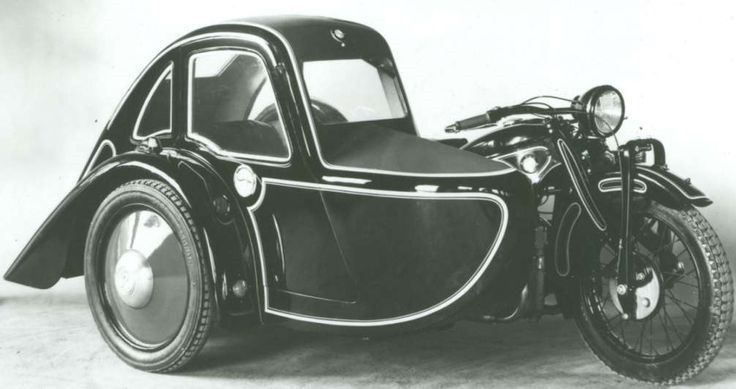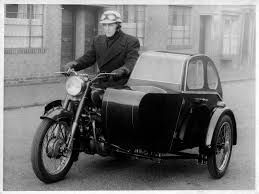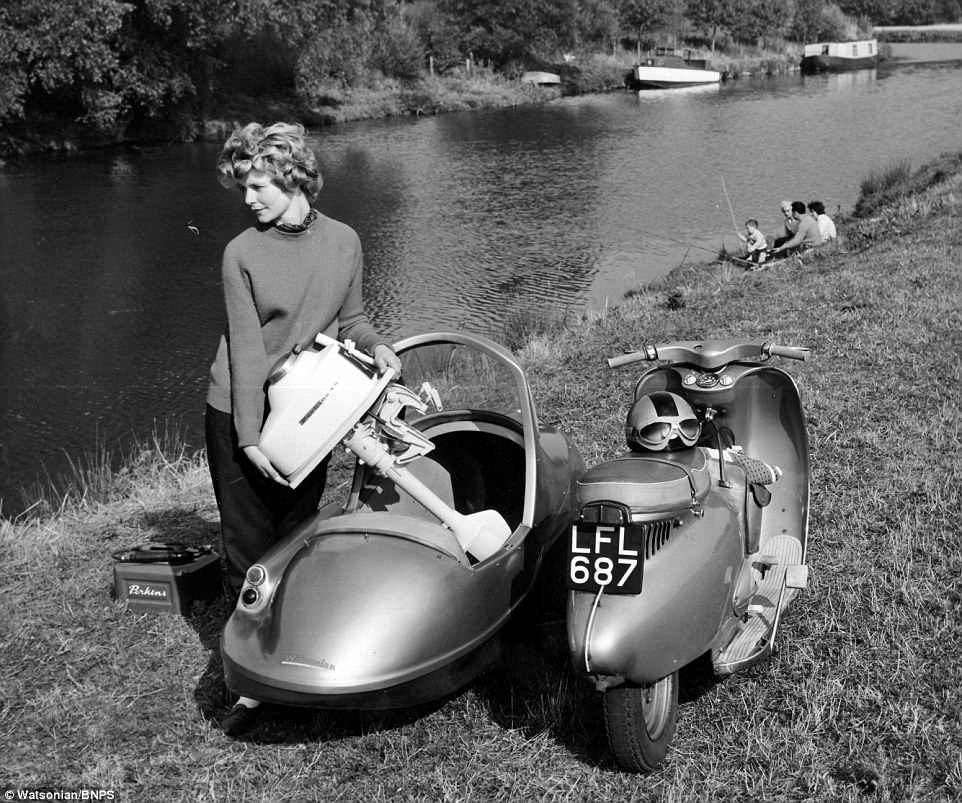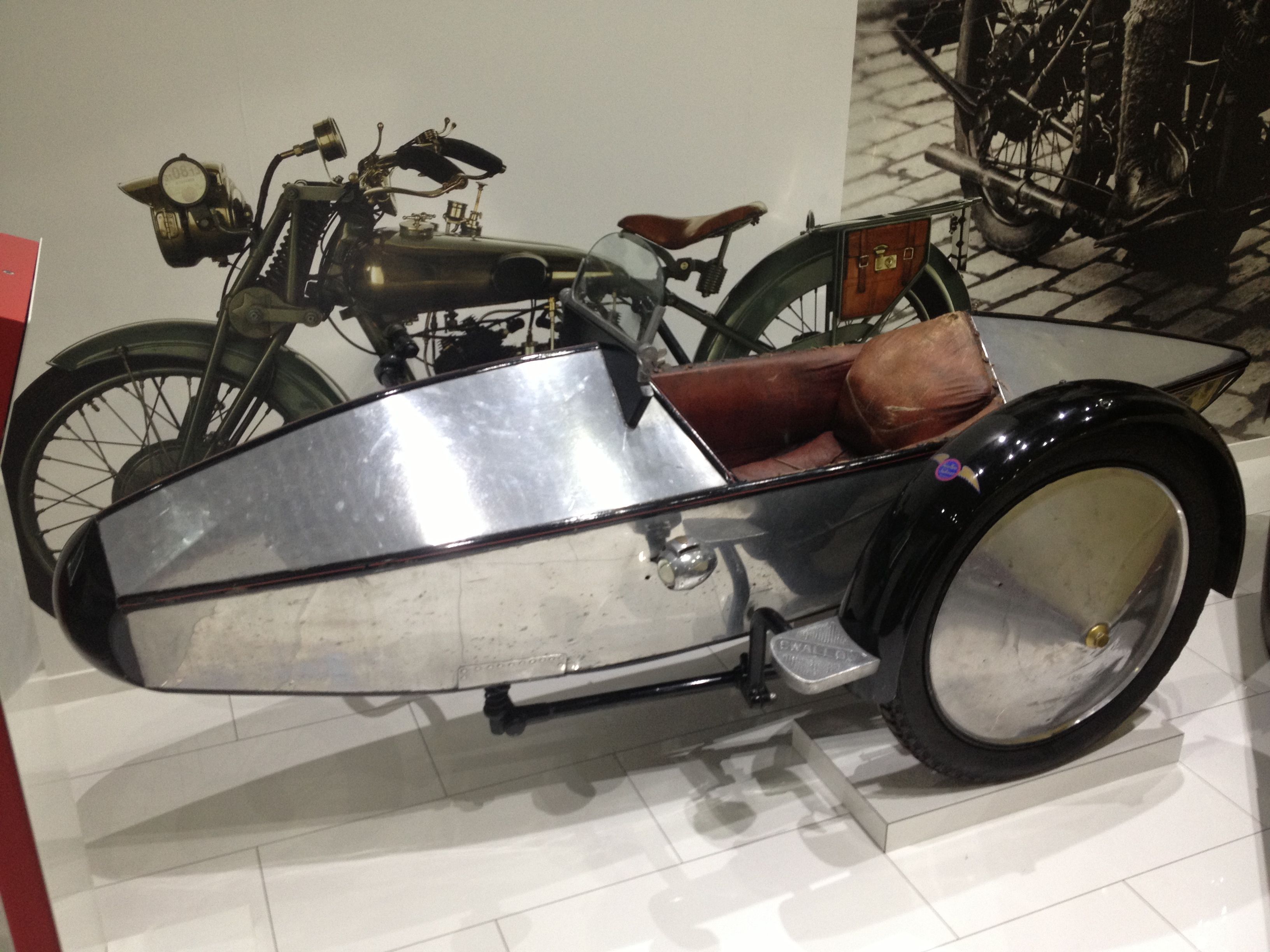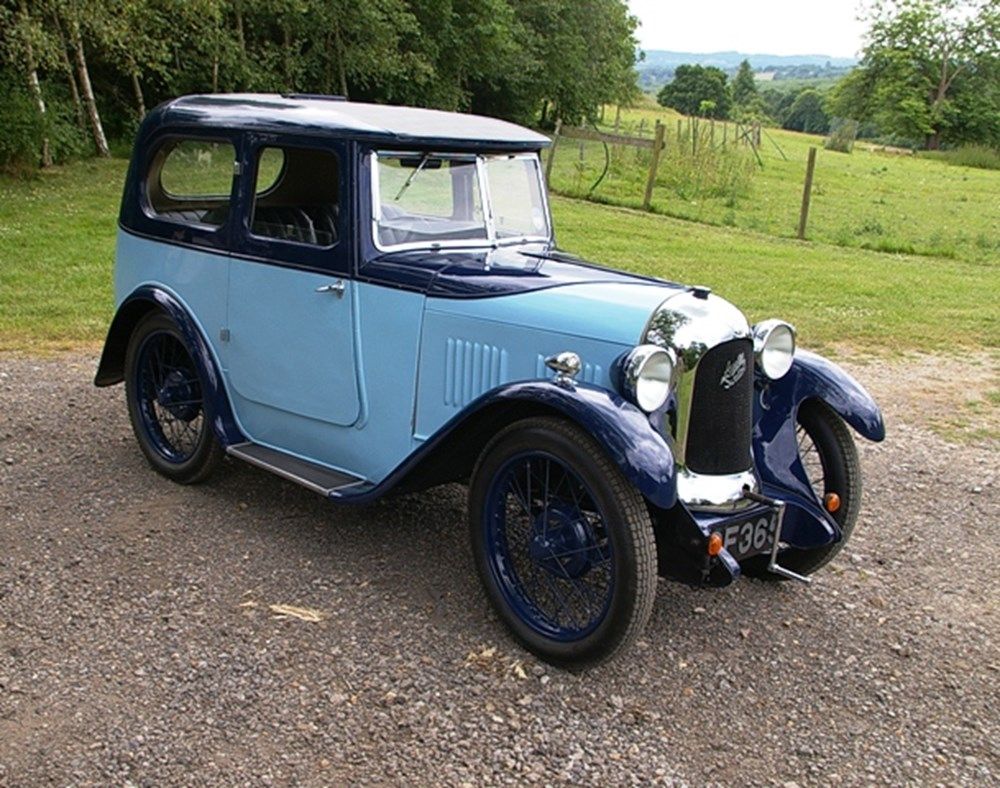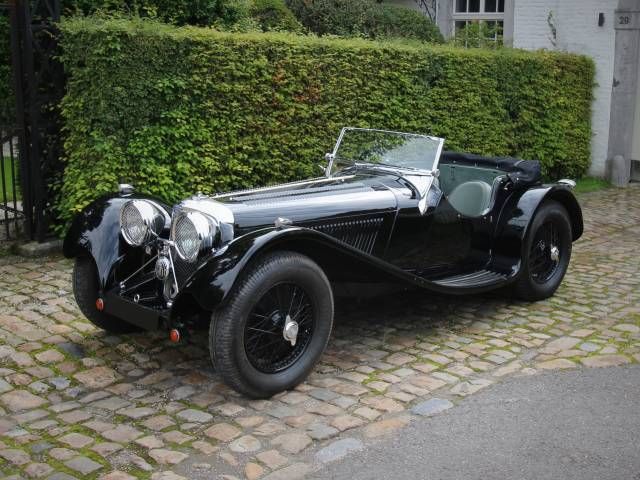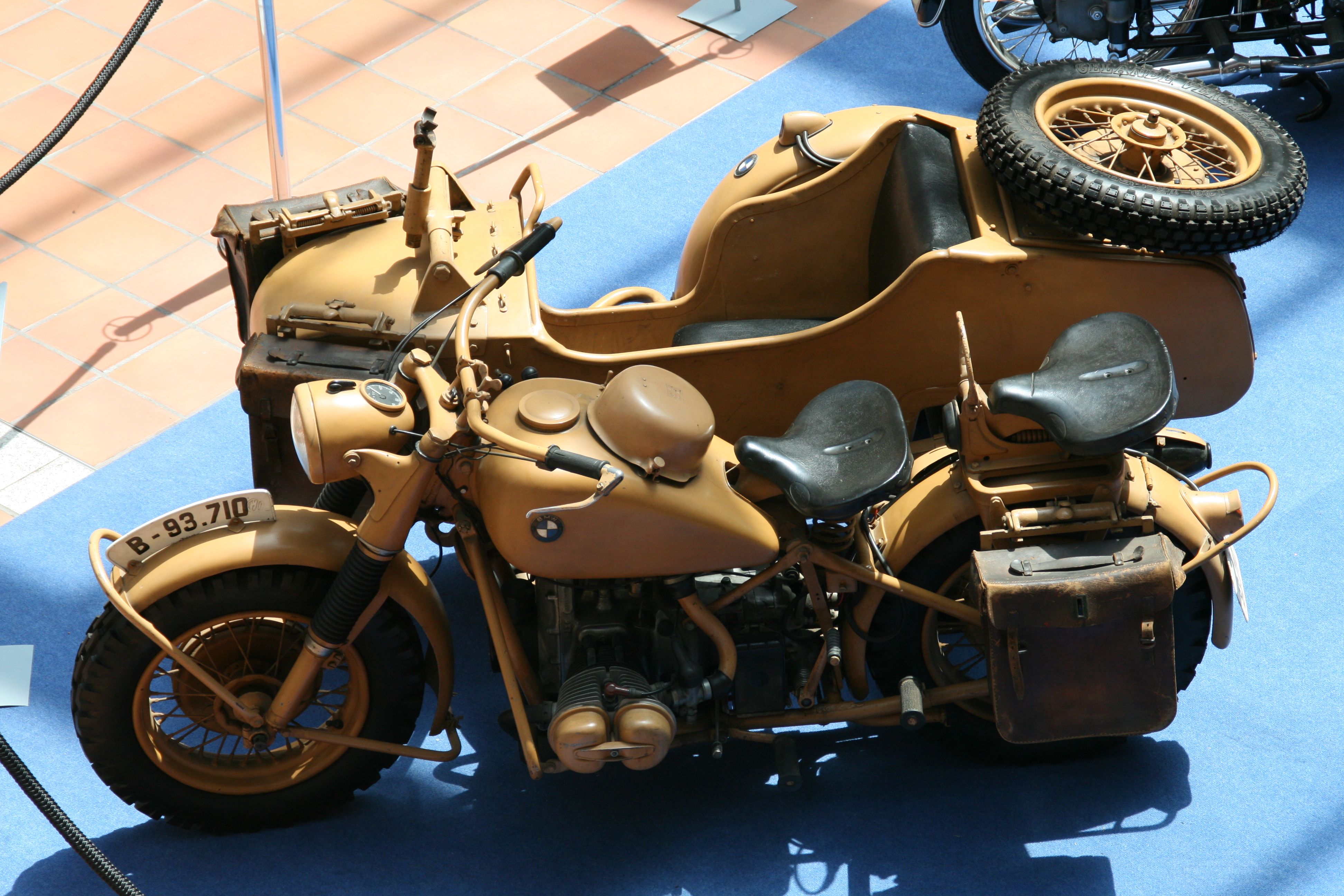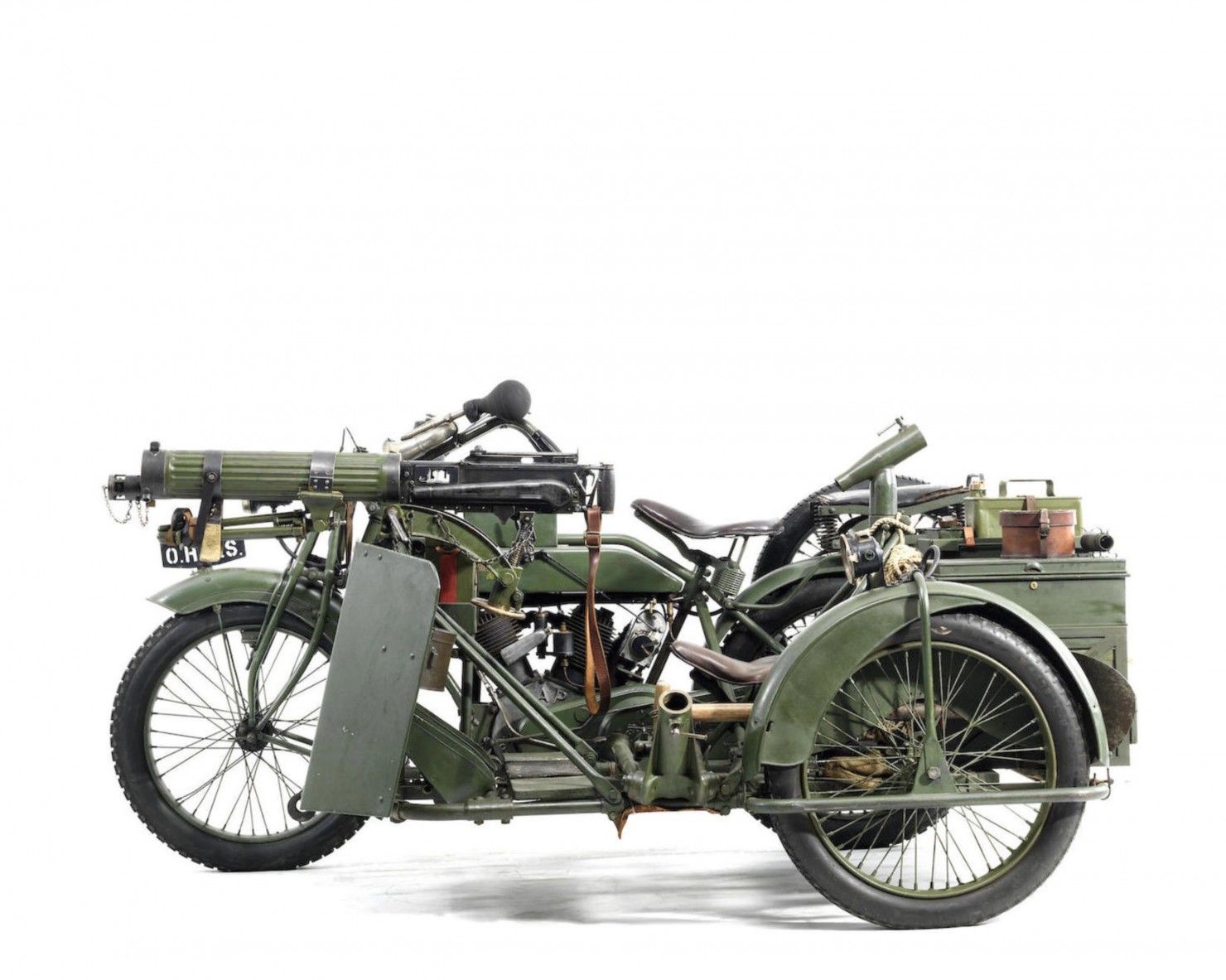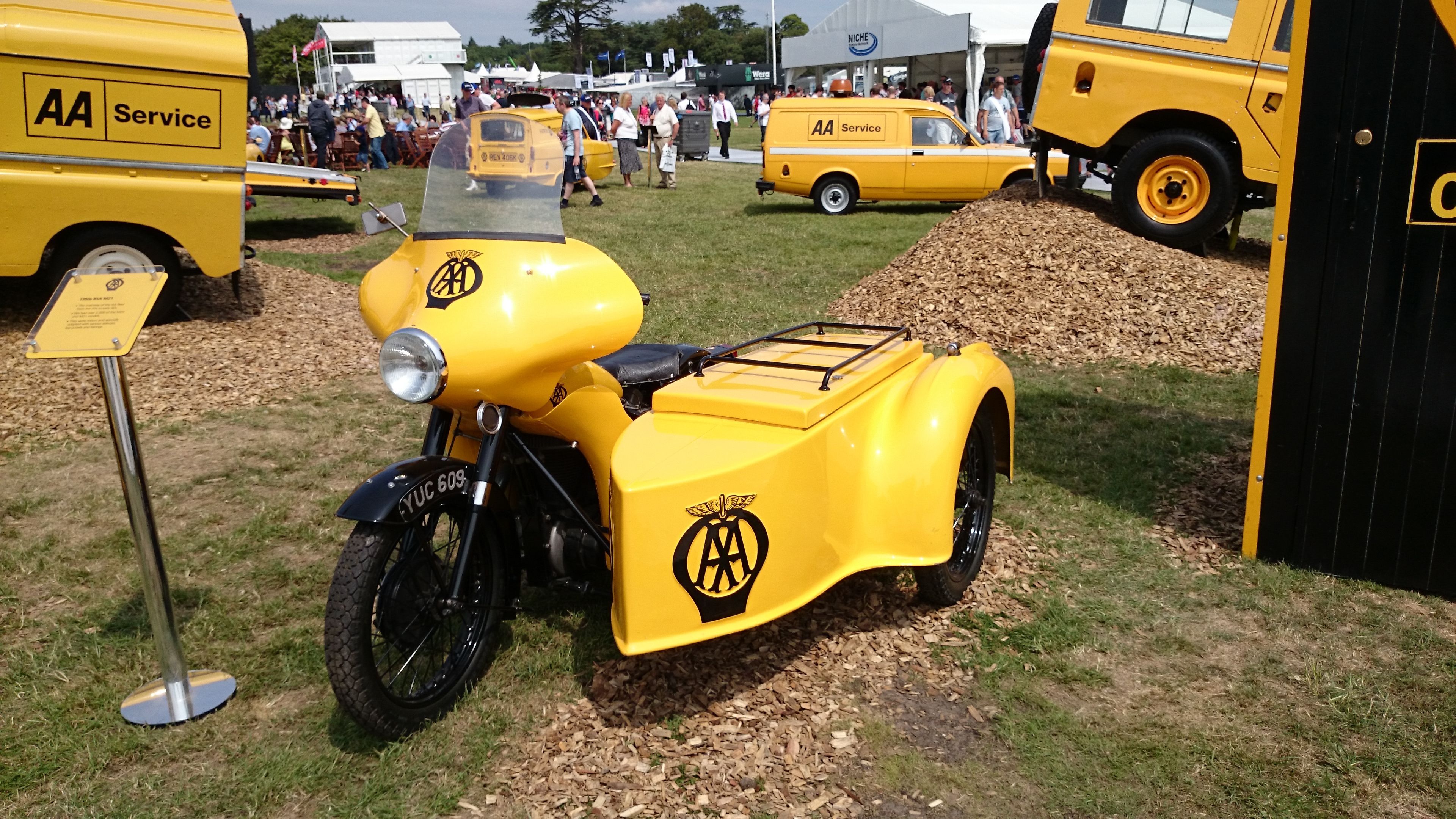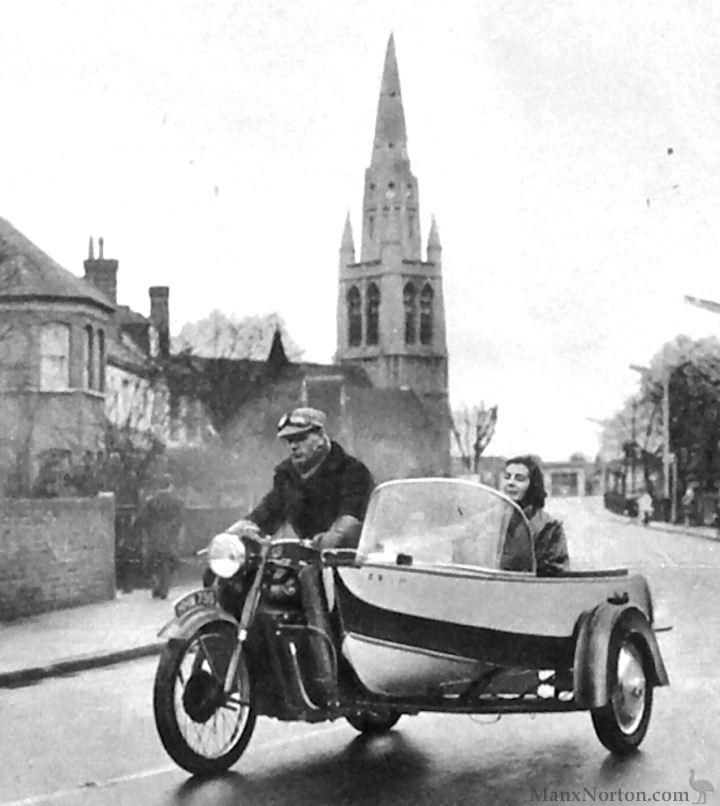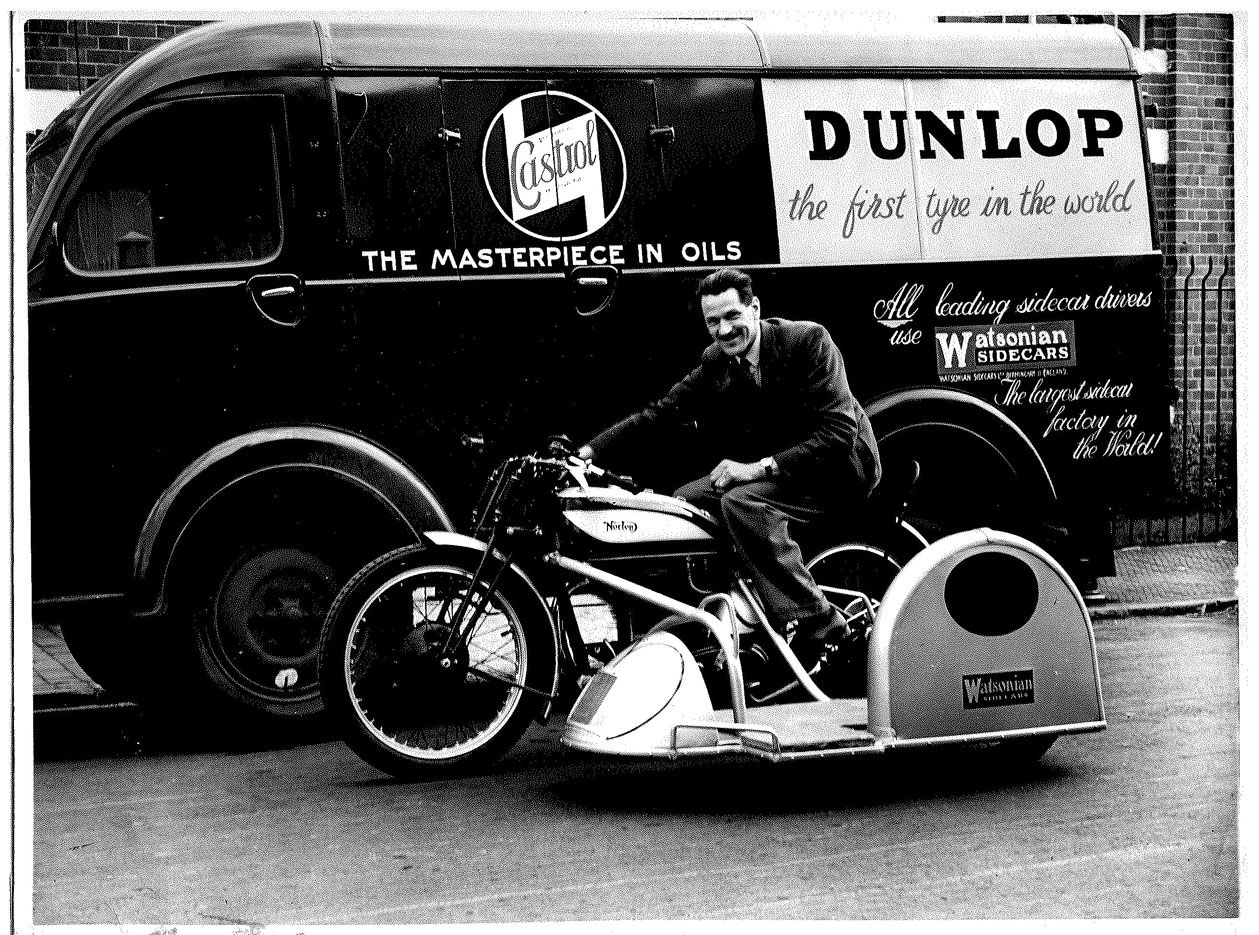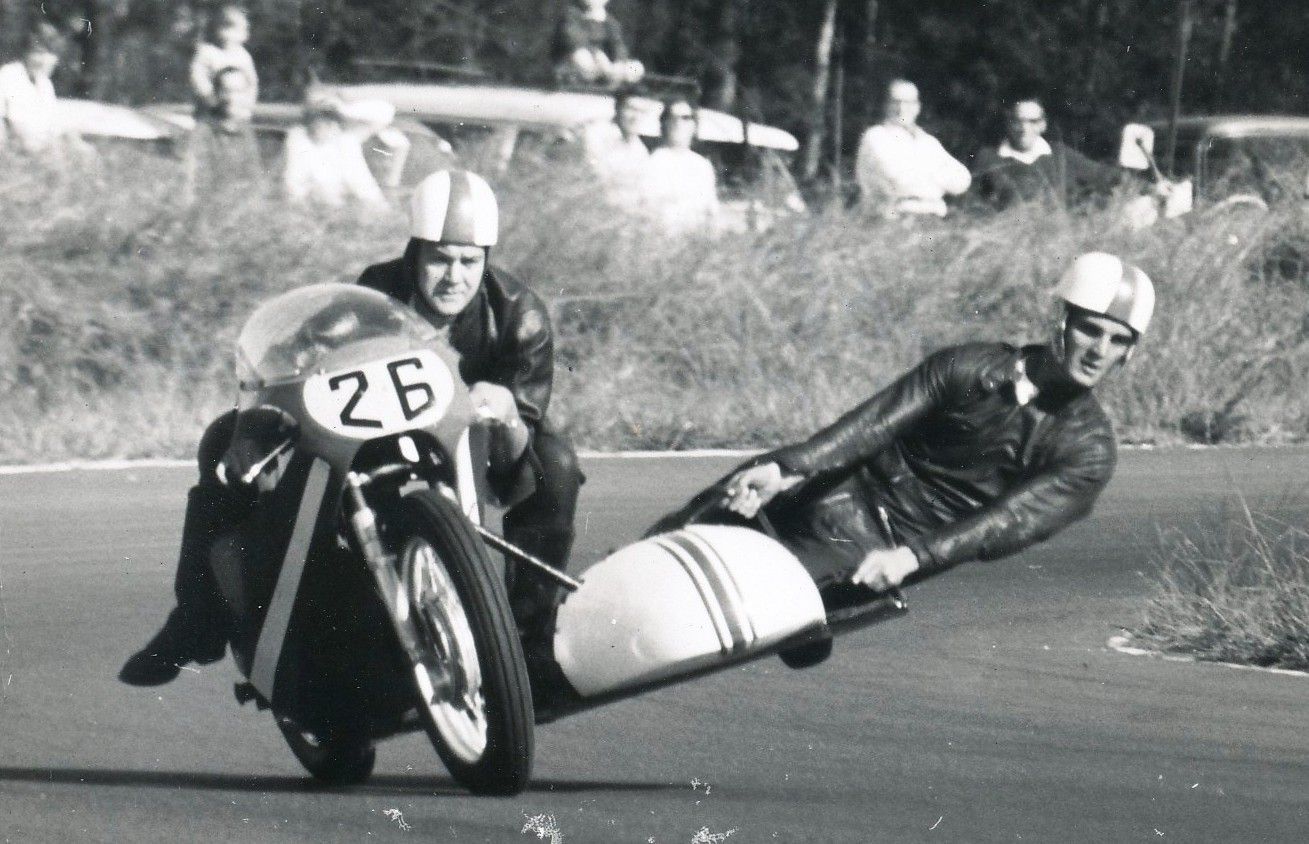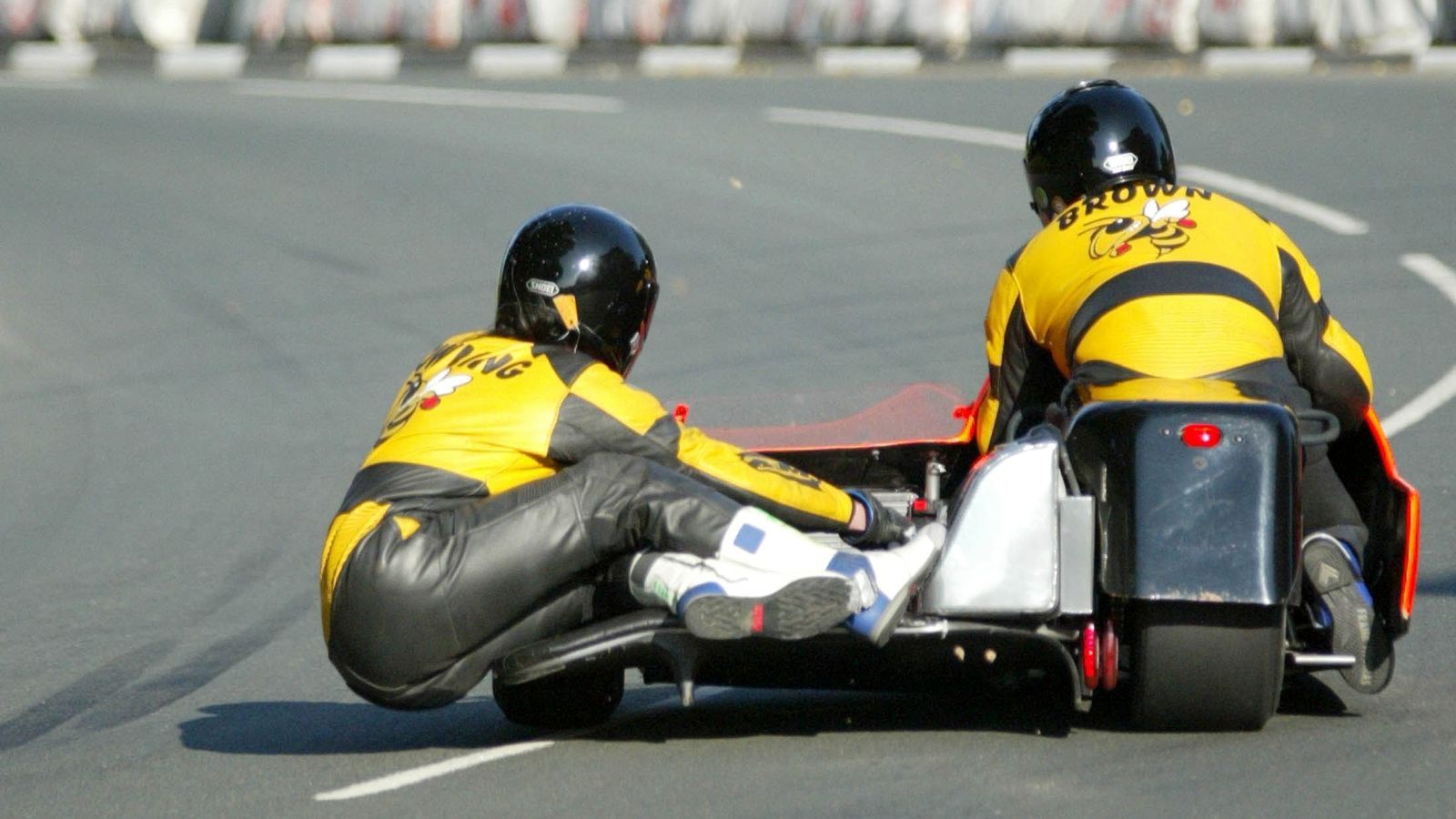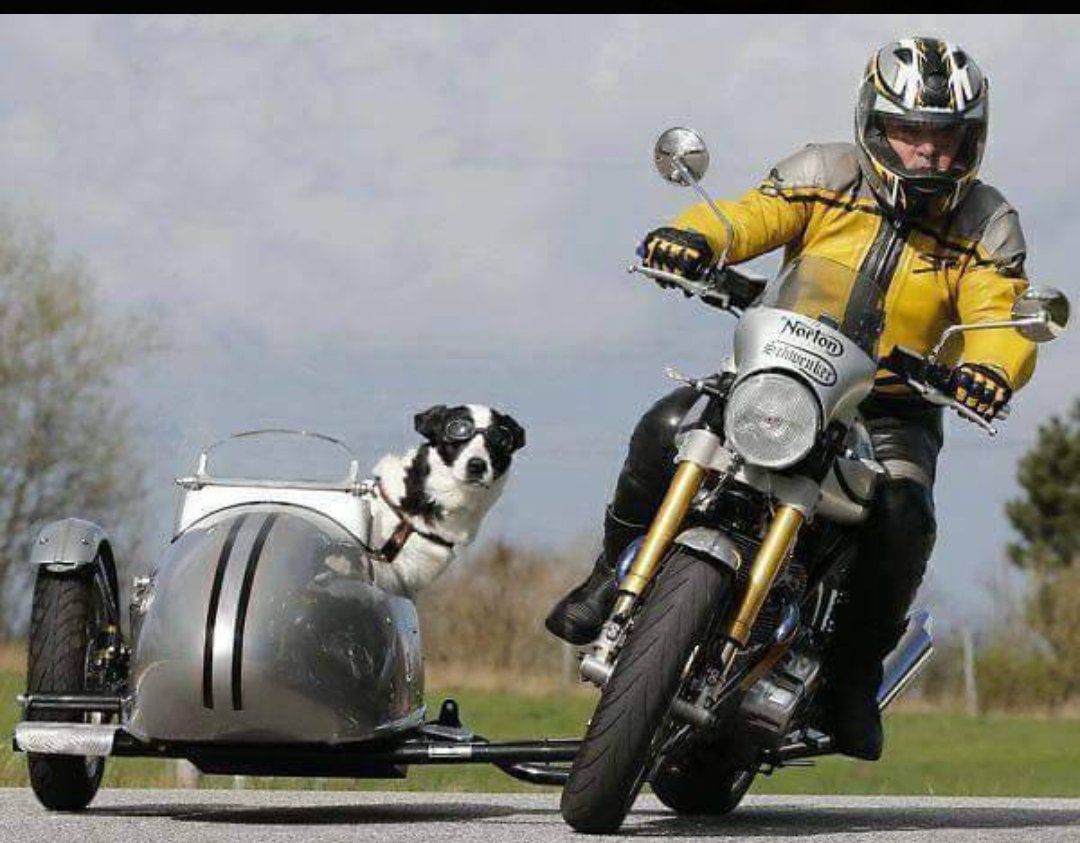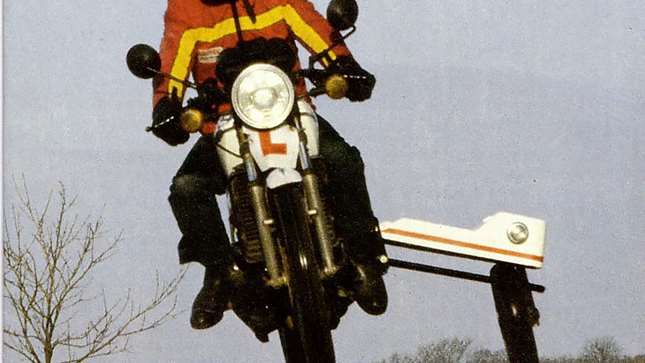For many years, the motorcycle sidecar combination was the mainstay of a family's means of transport, before the small car became popular in the post-war years. They can still be bought new and can be either the most frightening or exhilarating thing to ride in. Here, we celebrate the humble sidecar with some interesting facts.
Introduction
At one point in time, a sidecar outfit was the only way to get your family around if you were a normal working man and all manner of bizarre contraptions were conceived and offered for sale, while many motorcycles were configured for just such work.
The arrival of small, cheap cars sounded the death knell for the sidecar outfit: the Austin Seven before the second world war and millions of Minis and diminutive Fiats afterward. This drove the majority of sidecar manufacturers out of business, although one of today’s most celebrated car manufacturers started out as a sidecar manufacturer before turning to first manufacturing alternative bodies for cars and, later, producing the whole vehicle with dazzling success.
Today, the sidecar concept clings to life, both as a nostalgic and practical presence. The glory days might be over but several firms that were there during the heyday are still with us, catering to a small but devoted following.
The history of the sidecar, or combination as they are sometimes called when attached to a motorcycle, is a long and interesting story.
Origins
In 1893, a French army officer, Jean Bertoux, won a prize offered by a newspaper for his solution to the problem of carrying a passenger on a bicycle. Bertoux mounted a third wheel on the same lateral plane as the bicycle’s rear wheel, attached by a triangulation of tubes. A seat with a backrest was mounted above the cross member and the feet rested on a footboard.
The nascent motorcycle industry saw the sidecar as a means of attracting customers, for whom there was a need to carry more than one passenger and for whom a car was out of the question due to cost.
The Watsonian company commenced making sidecars in 1912 and is still in existence today.
Another company, started by Hugo Young of Loudonville, Ohio, set up shop in 1913 manufacturing his new invention: a sidecar with a flexible coupling to the motorcycle, allowing the sidecar to turn, rise and lower independently of the motorcycle, making it much safer and, crucially, more comfortable for both passenger and rider. The ‘Flxible Sidecar Company’ soon became the largest sidecar manufacturer in the world and only stopped trading in 1996.
From Sidecars to Grace, Space, and Pace
In 1922, a young engineer and designer called William Lyons started the Swallow Sidecar Company in Blackpool, England. The sidecars were extremely stylish and well-made and, before long, the company was making alternative bodies for passenger cars, such as the Austin Seven, which had been introduced in 1923 as an ultra-simple, budget car for the masses.
The company then started marketing its own cars under the name of S.S. Cars Limited, in association with the Standard Motor Company. As the second world war came to a close, it was obvious that the S.S. name could no longer be used and the company was renamed Jaguar, a name that had previously been applied to the pre-war S.S. cars.
The rest, as they say, is history.
War Use
During the First World War, the British Army needed to increase the mobility of the Vickers machine gun, which weighed between 65 and 80 pounds together with its tripod, with cooling water also required as well as 22-pound boxes of ammunition.
The solution was to fit the guns to motorcycle sidecar outfits, which allowed for rapid movement and quick deployment.
During the Second World War, German troops made widespread use of sidecar outfits, using BMW or Zundapp motorcycles. The manufacturers also developed a method of driving the sidecar wheel as well as the motorcycle’s rear wheel, giving the outfit much better traction in muddy or snowy conditions.
Helping Out Motorists
In the UK, both the Automobile Association (AA) and the Royal Automobile Club (RAC) used motorcycles fitted with large box sidecars. The Automobile Association was formed in 1905, when the sole function of patrols was to warn motorists of Police speed traps.
The first AA combinations, or Mechanical First Aid Outfits, appeared in 1919 carrying tools, spare parts, and fuel which enabled patrols to carry out full repairs for the first time.
By 1968, the motorcycle combinations had been superseded by small vans.
Popular transport
The heyday of the motorcycle sidecar combination was from the 1930s through to the 1950s, when they were used as transport for whole families, at a time when motoring was expensive.
Because of the prevailing weather conditions in the UK, many sidecars were fully enclosed, making them not only weatherproof, but also exceedingly bulky. Of course, most of the bulk was simply air but many a motorcycle looked extremely puny next to them and it was a wonder that any of them could actually move under their own steam.
Many manufacturers offered models specifically designed to pull the weight of a sidecar. Triumph’s first parallel twin of 1934, designed by Val Page, was designed specifically to power a motorcycle and sidecar combination. The resulting 6/1 model was not a success and only a few hundred were sold.
Similarly, the Harley Davidson WL 10/12 model had a four-speed gearbox designed to help the bike pull a sidecar, whereas the 5/7 model only had three speeds in the gearbox.
Racing
Over the years, there have been sidecar classes in enduro, grass track, trials, speedway, and road racing. The highest profile sidecar racing today is arguably at the Isle of Man TT, although the FIM Sidecar World Championship is still active, being the only remaining original racing championship class that started in 1949.
At first, racing sidecar outfits resembled road-going outfits, albeit stripped down. Then, from the 1950s, the design of road racing outfits started to move in its own direction to the point where, in the 1970s, a motorcycle sidecar outfit had nothing in common with its road-going counterpart, the rider lying prone behind the engine, a one-piece body, with hub-center steering and wide racing slick tires.
At An Angle
The process of attaching a sidecar to a motorcycle means that the motorcycle can no longer lean in corners so must be steered in the normal fashion - left to go left, right to go right - and not counter-steered.
There have been many attempts, however, to make the connection between the motorcycle and sidecar flexible so that the motorcycle can lean into corners, either leaving the sidecar upright or allowing it to lean into the corner as well.
For a while, a non-passenger ‘sidecar’, the Sidewinder, which was nothing more than a third wheel attached by a lean-enabling coupling to the motorcycle, was available which meant that, technically, it was a three-wheeled vehicle and could be ‘driven’ by anyone with a car driving license.
FAQ
Q: Can you get a sidecar for a bicycle?
Yes, you can, but you'll only have to pedal harder!
Q: What do you call a bike with a sidecar?
Either a motorcycle combination or outfit or rig or hack
Q: Are sidecars still legal?
Yes, they are. They're just not that popular nowadays.
Q: What is the sidecar on a motorcycle?
The sidecar is a passenger seat and protective bodywork that is supported by its own wheel, making the motorcycle a three-wheeler.

